Mineral source and immune response in nursery pigs
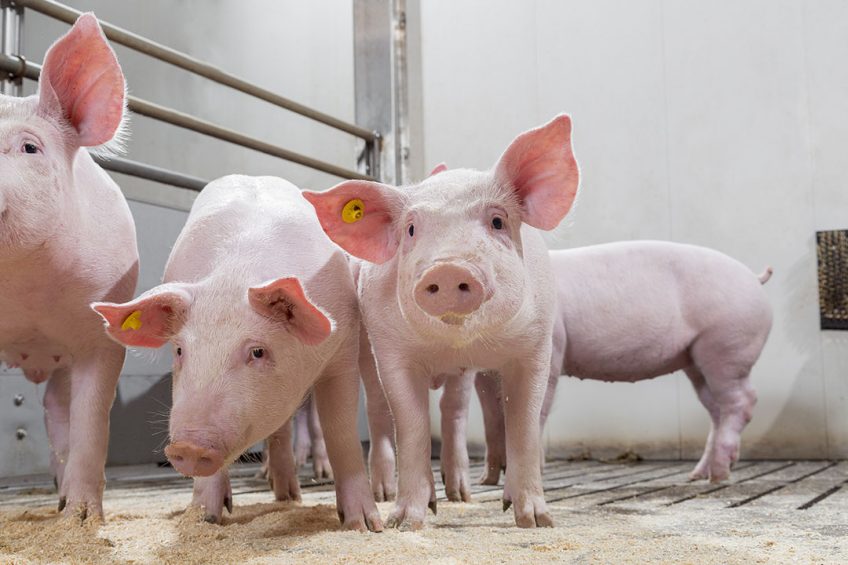
Piglets fed a higher quality source of trace minerals, such as hydroxychloride trace minerals during a chronic immune challenge, produce fewer pro-inflammatory cytokines. That can reduce excessive energy expenditure by the immune system, thereby saving energy for growth.
Trace minerals including zinc (Zn), copper (Cu), and manganese (Mn) play an important role in the immune system and are essential for animal performance. Zinc helps maintain skin integrity and mucosal membranes (as a co-factor for metallo-enzymes required for cell membrane repair), and promotes activation and proliferation of T-lymphocytes. Copper is a cofactor of cellular metabolic reactions and copper-dependent enzymes. Several of these enzymes play an important role in antioxidant defense of the body, while working within the macrophages to combat certain infectious agents. Manganese is another trace mineral that is a co-factor to several enzymes and helps protect DNA against oxidative damage.
Stress factors during weaning
Nursery pigs experience several stress factors during weaning, which directly impact their immune system. In response to these stress factors, chemical messengers called cytokines are released to regulate inflammation. However, increased pro-inflammatory cytokine expression can lead to decreased growth, as well as reduced feed intake, feed efficiency, and lean tissue deposition. As trace minerals help regulate these pro-inflammatory cytokines, it becomes important that diets are formulated to optimise absorption of Zn, Cu and Mn to meet the animal’s requirements.
On the other hand, simply supplying an adequate amount of trace minerals in the diet may not be sufficient, once differences in the chemical and physical properties between sources of Zn, Cu, and Mn have significant effects on trace mineral bioavailability and the animal’s response to supplementation. For example, sulphate trace minerals are more hygroscopic, more soluble in water and significantly less bioavailable than hydroxychloride mineral sources, such as Selko’s IntelliBond* trace minerals. Where this article speaks of ‘hydroxychloride trace minerals’, this product is meant.
Because of trace metal’s critical role in the immune system, challenged pigs may have more need for essential trace metals when their immune system experiences a challenge. Questions regarding how the source and dietary level of Cu, Zn, and Mn influence immune response and growth response during a challenge are inspiring research.
Mineral source matters
A study was designed to determine the effects of source and level of Zn, Cu and Mn on piglets’ growth performance and immune response during a chronic lipopolysaccharide (LPS; Escherichia coli O111:B4) challenge. The trial, conducted at Oklahoma State University, USA, was based on previous study findings. These indicated that feeding hydroxychloride trace minerals (Zn, Cu and Mn) could reduce the production of pro-inflammatory cytokines after an acute immune challenge compared to pigs fed sulphate trace minerals. Lipopolysaccharide is a component of the outer membrane of E. coli, which acts as an immune system trigger. The LPS injections stimulate macrophages to generate pro-inflammatory cytokines including TNF-α. A single injection generates a response that peaks in about three hours. However, a series of injections and the continued presence of LPS in an animal’s system may more accurately imitate a prolonged clinical endo-toxaemia challenge.
The study used 495 piglets, nine replicates per treatment and lasted 42 days. During the first week of the trial, all piglets received the same diet (low sulphate based diet). Then piglets were switched to one of five different diets. Control piglets were unchallenged and fed 5, 16 and 50 mg/kg of Cu, Mn and Zn, respectively. The four treatments receiving a LPS challenge consisted of two mineral sources (sulphate or hydroxychloride trace minerals) and two mineral levels (5, 16 and 50; or 10, 32 and 100 ppm of Cu, Mn, and Zn, respectively).
Piglets received LPS injections on days 29, 31, 33 and 35. Blood samples, rectal temperatures (RT) and body weight (BW) were collected before injections started and three hours after the final LPS injection. Body weight was also measured weekly. Then, average daily gain (ADG), average feed intake (ADFI) and feed efficiency (G:F) were calculated. Blood was analysed for levels of TNF-α.

Study results and conclusions
Before the LPS challenge (0-28 days), growth performance was similar for all pigs regardless of diet. Following the start of the LPS challenge (28-42 days), ADG was reduced by 12% and ADFI by 9% for challenged piglets compared to the control group (P<0.001; see>Figure 1). Furthermore, piglets fed hydroxychloride trace minerals had more ADG and ADFI than piglets fed sulphate diets (P>0.05). During the entire trial (7-42 days), piglets administered LPS had reduced ADG (P=0.013) and ADFI (P=0.020) compared to piglets not administered LPS. Piglets fed hydroxychloride trace minerals had numerically more ADG (P=0.102) and ADFI (P=0.086) compared with piglets fed sulphate. Individual BW was reduced (P=0.012) from the pre-injection period through three hours post-challenge and RT increased (P<0.001) for all challenged treatments, meaning that piglets were in fact challenged.>

However, piglets receiving higher levels of trace minerals, regardless of the source, tended to have lower RT post-injection (P=0.044). Even before the LPS challenge, piglets fed diets with hydroxychloride trace minerals had lower TNF-α levels (P=0.018). After the LPS injections, TNF-α levels increased for all challenged pigs compared to the control group (P=0.003). However, piglets receiving hydroxychloride trace mineral diets tended to have lower levels of TNF-α (P=0.081) compared to those fed sulphate diets (see Figure 2).
In conclusion, piglets fed IntelliBond trace minerals maintained higher feed intake and growth when receiving a chronic LPS immune challenge. Piglets receiving low levels of these trace minerals performed at an equivalent level compared with piglets receiving the high level of sulphate trace minerals. Higher levels of minerals may reduce the production of TNF-α in challenged piglets regardless of source. This may indicate a higher requirement due to immune system activation.
* Selko is a Trouw Nutrition brand
By Naiana Einhardt Manzke, dvm, Phd, Micronutrients and Alice Hibbert, Trouw Nutrition
Join 18,000+ subscribers
Subscribe to our newsletter to stay updated about all the need-to-know content in the pigsector, three times a week. Beheer
Beheer
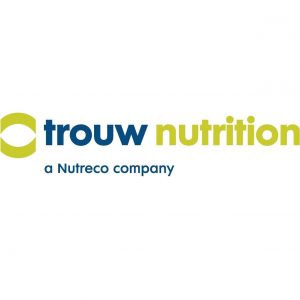

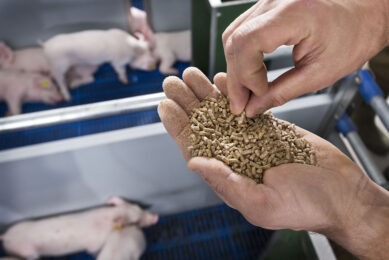
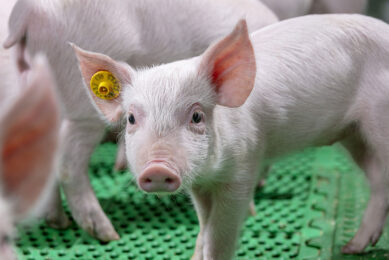
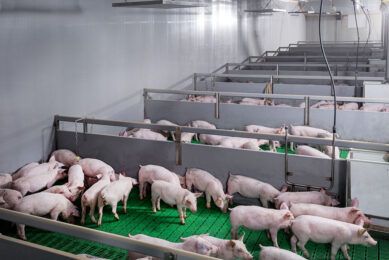
 WP Admin
WP Admin  Bewerk bericht
Bewerk bericht